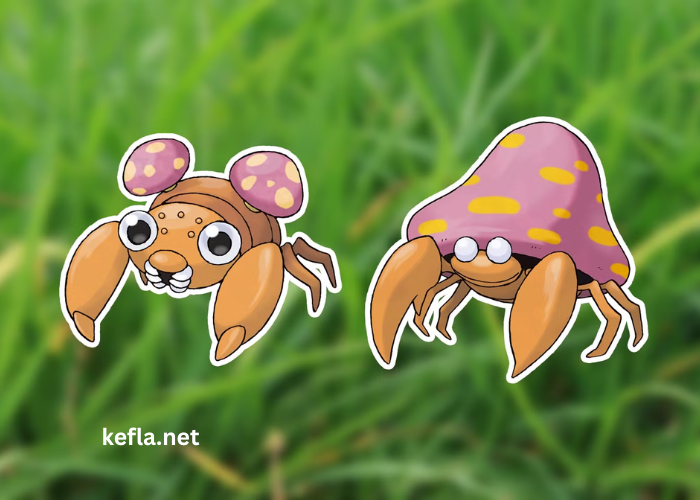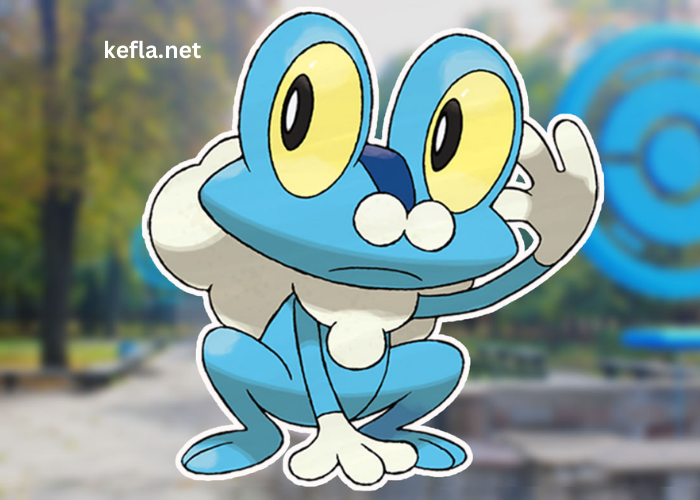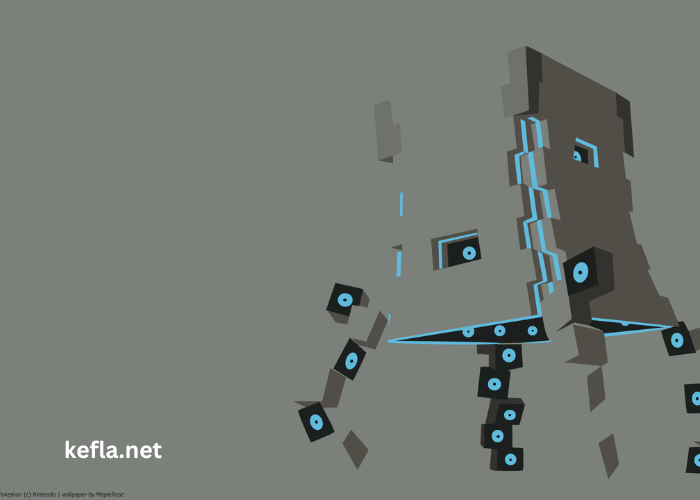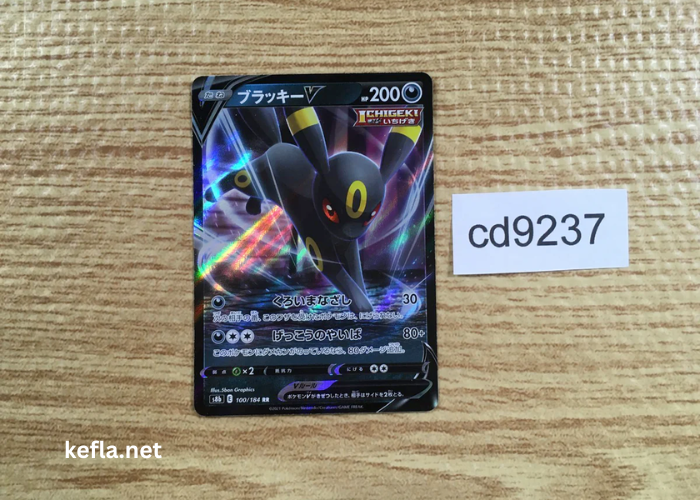Parasect is a unique Pokémon that stands out in the Pokémon universe due to its unusual appearance and its parasitic relationship with the mushroom growing on its back. This orange, insectoid Pokémon might appear harmless at first glance, but there’s more than meets the eye. The parasitic mushroom, known as Paras, takes complete control over Parasect’s body, creating a fascinating symbiotic relationship.
The design of Parasect is inspired by real-life organisms, such as parasitic fungi that control the actions of their hosts. It is a combination of both a bug and a plant, making it an interesting Pokémon to study. Its abilities and moves reflect its strange nature, and its connection to its parasitic mushroom plays a central role in its performance in battles.
Let’s dive deeper into the fascinating world of Parasect, exploring its biological traits, abilities, and how this parasitic relationship impacts its capabilities.
Key Points:
- Parasect is an insectoid Pokémon with a parasitic mushroom on its back.
- The mushroom completely controls Parasect’s actions, influencing its abilities.
- Parasect’s unique design and abilities make it a memorable Pokémon in the series.
How Does the Parasitic Mushroom Affect Parasect’s Abilities?
The most significant feature of Parasect is the parasitic mushroom that controls it. Unlike many other Pokémon, Parasect is not fully in control of its own body. The Parasite Mushroom (often simply called Paras) on its back has a profound influence over Parasect’s actions. In many ways, it’s similar to a real-life parasitic relationship, such as fungi that invade and control the behavior of insects in the wild.
In the Pokémon world, this parasitic relationship provides Parasect with enhanced abilities, but at the cost of its autonomy. The mushroom allows Parasect to have access to powerful Grass-type moves like Spore, which can cause opponents to fall asleep, and Leech Seed, which allows it to steal health from its enemies. However, Parasect’s reliance on the mushroom means that it doesn’t have full control over these moves, and its actions are guided by the will of the parasite rather than its own instinct.
The parasitic mushroom also affects Parasect’s physical abilities. It is known for its Spore Powder, which helps it create clouds of spores to paralyze or confuse opponents. These moves can be advantageous in battles, as they make Parasect a tricky Pokémon to deal with. However, the constant influence of the mushroom means that Parasect cannot always act strategically or in a way that benefits it, as it’s following the will of the parasite.
| Ability | Effect |
| Spore | Causes the opponent to fall asleep |
| Leech Seed | Steals HP from the opponent |
| Stun Spore | Paralyzes the opponent with a spore cloud |
Reminder: Parasect’s reliance on the parasitic mushroom makes it a Pokémon that excels at status effects like sleep and paralysis, but it’s vulnerable to being controlled by the parasite.
What Is the Parasitic Relationship Between Parasect and the Mushroom?
The parasitic mushroom on Parasect’s back is not just a decoration; it’s the main reason for its behavior and abilities. In the natural world, parasitic fungi like the Ophiocordyceps species can invade insects, taking control of their bodies and forcing them to move to specific locations to spread spores. Parasect’s parasitic mushroom operates in a similar way.
When the mushroom spore first infects Paras, it takes over the Pokémon’s central nervous system. As a result, the mushroom controls Parasect’s body and mind, making it behave in ways that benefit the fungus, rather than itself. This unique relationship is one of the more fascinating aspects of the Pokémon world, as it reflects real-life parasitism in a simplified, fantastical form.
In battle, this means Parasect is both a Grass-type and Bug-type Pokémon, which gives it certain advantages and disadvantages. Grass-type moves can be incredibly useful against Water and Rock-type Pokémon, while Bug-type moves can offer a decent advantage against Psychic and Dark-types. However, because of the parasitic relationship, Parasect may act less like a traditional Pokémon and more like a puppet of the fungus. It’s often a risk to rely too much on Parasect’s independent behavior, as it might follow the mushroom’s needs over the trainer’s commands.
| Type | Strengths | Weaknesses |
| Grass | Effective against Water, Ground, Rock-types | Weak to Fire, Flying, Bug-types |
| Bug | Effective against Psychic, Dark-types | Weak to Fire, Flying, Rock-types |
Note: Parasect’s parasitic relationship can make it a challenging Pokémon to train, but it also brings unique tactical advantages in battles.
How Can Parasect Be Used Strategically in Pokémon Battles?
Despite being controlled by a parasitic mushroom, Parasect can still be a valuable Pokémon in battle. It’s particularly useful when paired with a team that takes advantage of its status effect capabilities. The ability to put opponents to sleep with Spore or paralyze them with Stun Spore can be a game-changer, especially in competitive battles.
For example, using Parasect’s Leech Seed to drain an opponent’s health over time can be an effective tactic, especially when combined with a Pokémon that can deliver heavy damage while the opponent is being drained. Similarly, its Spore ability can put faster or stronger opponents to sleep, allowing your team to take control of the match. However, it’s important to keep in mind that Parasect’s reliance on the parasitic mushroom limits its versatility, and trainers need to be cautious when using it in battle.
Another strategy is using Parasect in Double Battles, where it can work in tandem with other Pokémon to set up status effects or to give support to your partner. By using moves like Helping Hand or Leech Seed, Parasect can assist in making your team more effective, especially in long battles where gradual advantage can be gained.
| Move | Type | Effect |
| Spore | Grass | Causes sleep on the opponent |
| Leech Seed | Grass | Drains HP from the opponent |
| Stun Spore | Bug | Paralyzes the opponent with spores |
Reminder: While Parasect’s status moves can be powerful, they’re also dependent on Parasect’s parasitic relationship, making it unpredictable at times.
Conclusion
Parasect is a fascinating and unique Pokémon that offers both strengths and challenges for trainers. Its parasitic mushroom creates an intriguing dynamic that sets it apart from other Pokémon, making it a fascinating addition to any collection.
While its abilities may sometimes be controlled by the mushroom, it still offers a variety of powerful status effects that can turn the tide of a battle. By carefully considering its strategic role in a team, Parasect can be a valuable asset when used wisely.
FAQ’s
- Why is Parasect controlled by a mushroom?
The parasitic mushroom on Parasect’s back takes control of its actions, much like a real-life parasitic fungus that takes over its host. - What are some good moves for Parasect?
Parasect excels at using Spore, Leech Seed, and Stun Spore to inflict status conditions on opponents, making it a useful support Pokémon. - Is Parasect useful in competitive battles?
Yes, Parasect can be effective in competitive battles, especially if used with a team that benefits from status effects like sleep or paralysis. - Can Parasect evolve into another Pokémon?
Parasect is the evolved form of Paras, and it does not evolve further in the Pokémon games. - What are Parasect’s weaknesses?
Parasect is weak to Fire, Flying, and Rock-type moves, making it vulnerable to specific types of Pokémon in battle.





